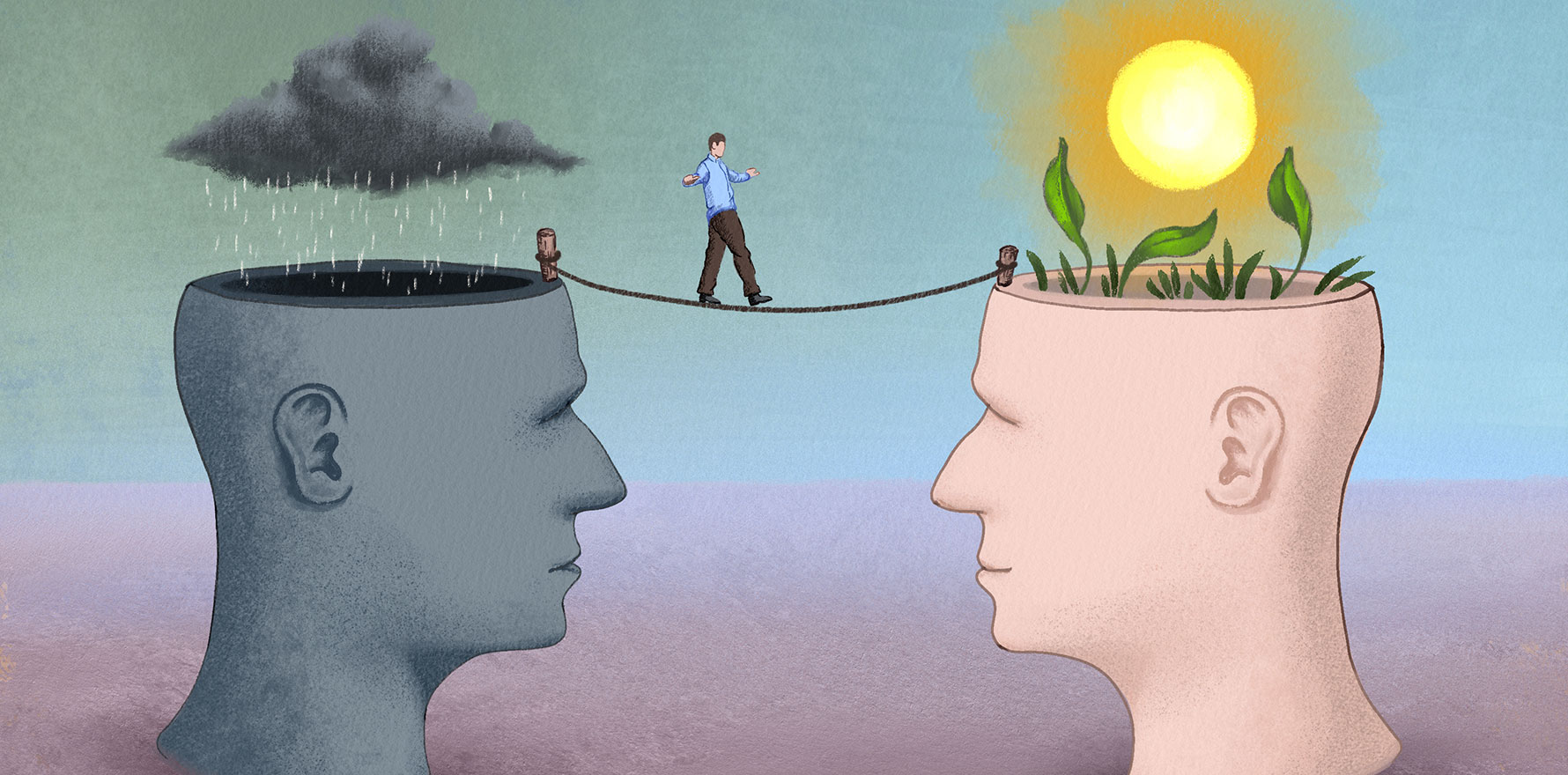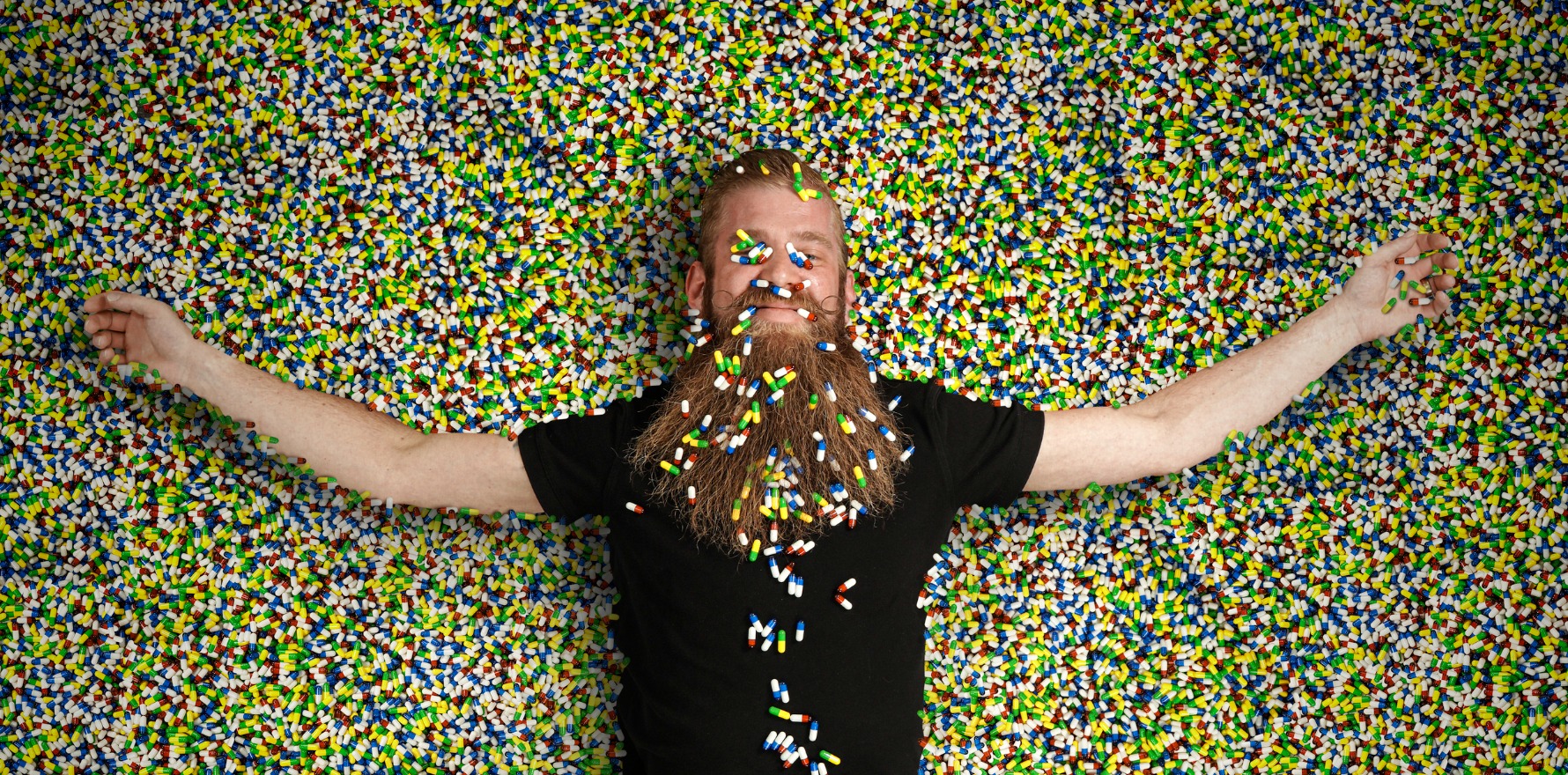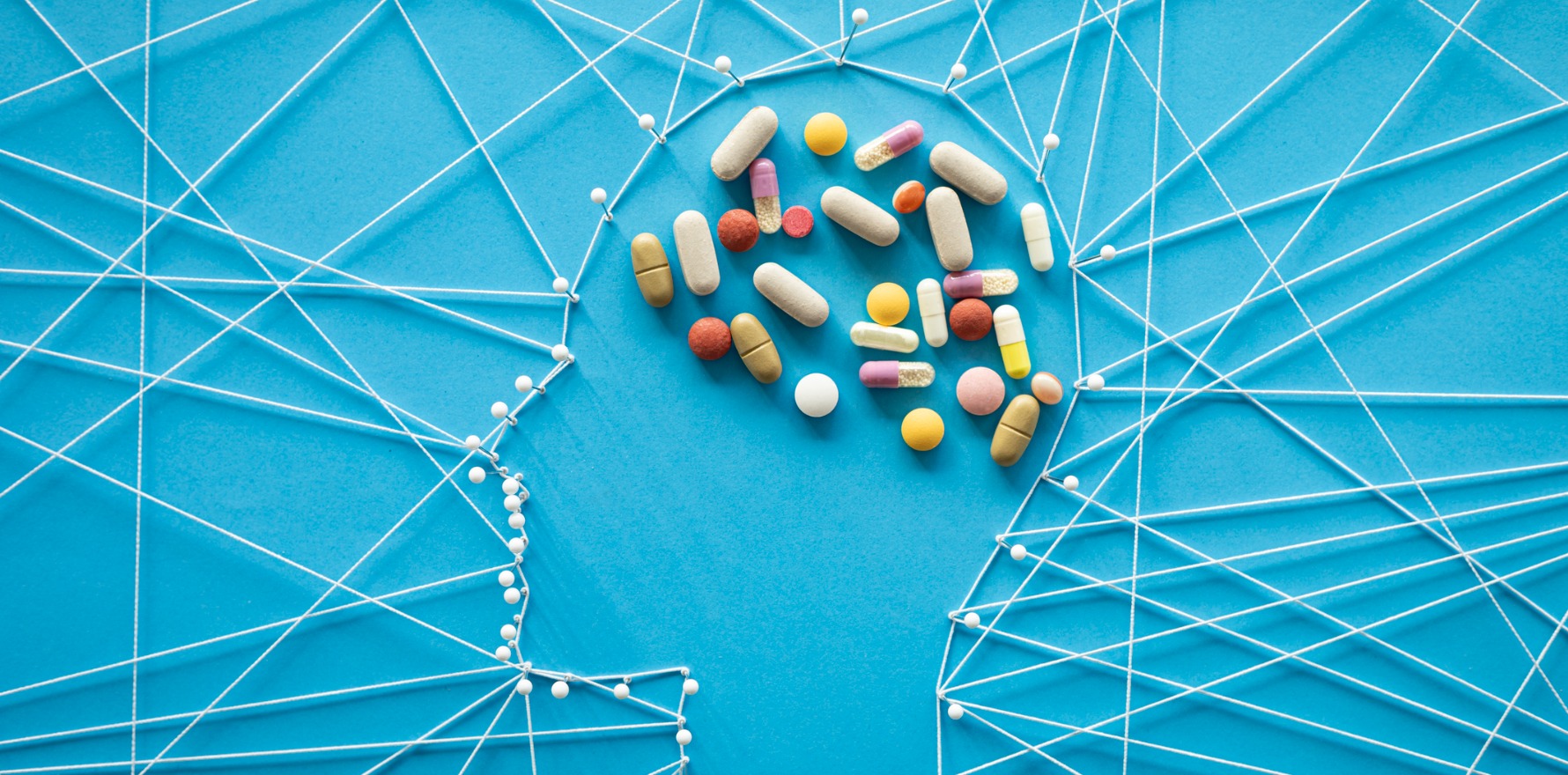While you can’t eat this particular incarnation of a BLT, it could still play a key role in helping you feel good.
Bright light therapy improves symptoms in up to 60% of people with non-seasonal major depressive disorder, new evidence suggests.
As many as 50% of patients with major depressive disorder fail to respond to their initial treatment after four to eight weeks. Consequently, there is a strong interest in finding alternative treatments that can supplement or replace existing approaches. Bright light therapy is one potential new treatment that has been shown to be effective for treating seasonal depression, although there is less evidence supporting its use in non-seasonal depression.
But a new study, published in JAMA Psychiatry, suggests bright light therapy may also be effective in non-seasonal depression, with the systematic review and meta-analysis reporting 60% of people with major depressive disorder displayed a response to the treatment and 40% experienced remission – superior to the 39% and 24% reported by people in the placebo group.
Researchers compared the results of 11 randomised clinical trials where bright light therapy (a box producing fluorescent white light, typically at 10,000 lux, that is used for at least 30 minutes, alone or in conjunction with antidepressants) was compared against a placebo, antidepressant monotherapy or dim red lights in people with nonseasonal depressive disorders.
The 11 trials included in the systematic review involved 858 patients, most of whom were female (649; 76%). Roughly half of the patients (426, 52%) were exposed to bright light therapy, while the remaining 389 served as the control group.
The primary outcomes were symptom remission and response rate to treatment, both of which showed bright light therapy was more effective than the control treatments.
When the researchers grouped patients based on how long they were followed up, they found more therapy was better.
The remission rate in patients followed up for less than four weeks was 27.4% for the bright light therapy group and 9.2% for the control group, while rates in patients followed up for more than four weeks was 46.6% and 29.1%.
Similarly, the response rate for less than four weeks was 55.6% in the bright light therapy group and 27.4% for the control group, and 63.0% and 44.9% for patients who were followed up for longer than four weeks.
“Light exposure is well understood to affect human mood and cognition,” the researchers wrote.
“This effect may arise from retinal ganglion cells, which extend their axons across the brain in areas involved in mood regulation, including the amygdala, the suprachiasmatic nucleus and the dorsal raphe nucleus.”
The effect of bright light therapy was less convincing on the series of depression assessment scales that were used as secondary outcome measures. While patients receiving bright light therapy displayed a greater reduction compared to control-treated patients on the Hamilton Rating Scale for Depression, there were no differences between bright light therapy and controls with respect to the Montgomery-Asberg Depression Rating Scale or the Clinical Global Impressions Scale.
Related
The researchers highlighted that the biggest argument in favour of using bright light therapy to supplement an antidepressant regimen is the lower cost.
“Even though outpatient treatment costs with antidepressants are widely variable, exposure to external light generally involves no costs or limitations, which reinforces the need to firm BLT as an effective adjunctive treatment for nonseasonal depressive disorders,” they concluded.
One potential limitation of the study was that the reported response and remission rates were similar to those of initial pharmacological treatments (roughly 50%).
Any reader looking to implement this add-on for their patients will have to improvise, however, as The Medical Republic cannot find any bright light therapy equipment on the Australian Register for Therapeutic Goods.





